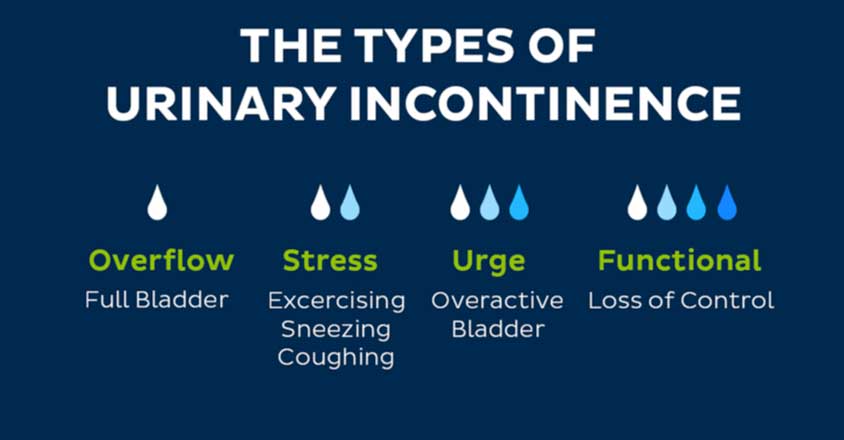Incontinence is a condition that affects many people. It’s not something that’s talked about often, but if you’re interested in learning more then this blog post is for you! In this post, we will explore the different types of incontinence and how it can be treated. We’ll also talk about assessment and what it can do to help those who suffer from continence. Well if you are someone suffering from this condition, you may have many doubts and queries and not know where to start.
What is Incontinence?
Incontinence can be broadly defined as the disability to control urination and defecation. It’s a condition that many people suffer from, but it’s often not talked about openly. There are different types of incontinence, which we’ll explore more and know how to approach.
Urinary Incontinence
Urinary Incontinence is affecting approximately more than half of Australian adults. It might be an embarrassing condition to discuss about, but it is something that can usually be treated. Let us discuss different types of urinary incontinence.
Stress incontinence
Most people with urinary incontinence suffer from stress incontinence, which is the sudden loss of urine due to pressure or physical activity. It is commonly associated with pregnancy and childbirth and can occur when coughing, sneezing, or laughing too hard.
Urge incontinence
This is when you have a sudden, uncontrollable urge to urinate and then lose urine. It can occur if there is an overproduction of the hormone called vasopress in or during times of increased activity involving work stressors such as being on your feet all day at work. Urge incontinence usually occurs in adults with diabetes or who have severe neurological conditions.
Overflow incontinence
This is when you can’t empty your bladder properly and so urine leaks out slowly. An enlarged prostate in men or a weak pelvic floor muscle in women often causes it.
Functional incontinence
Physical or mental impairment keeps you from reaching the toilet in time, such as when you have a stroke or are very frail.
Mixed incontinence
This refers to a combination of both urge and overflow incontinence.

Urinary incontinence can be managed through lifestyle changes like avoiding known triggers, maintaining a healthy weight, avoid bladder irritants like caffeine, alcohol, and acidic foods. Medications or surgery may be needed to treat some types of incontinence.
Fecal Incontinence
Fecal incontinence is the inability to control bowel movements. The muscles of the rectum and anus do not work as they should, or there is an obstruction present that prevents the passage of feces from the body. In recent years, this condition has been better understood because more people are surviving surgical problems with their bowels as well as pelvic trauma. there are commonly two types of fecal incontinence.
Urge fecal incontinence
In this condition, you feel the urge to poop, but are unable to hold it. This is most often due to nerve damage. Many people with this type of incontinence will sense the need to poop, but cannot make it in time to the toilet.
Functional fecal incontinence
In this condition, you pass small amounts of stool without being aware that it has. Common causes of fecal incontinence include fecal impaction, rectocele, rectal prolapse, and neuropathy. Fecal incontinence can be treated; it can be even cured completely. There are many surgical treatments to cure fecal incontinence like sphincter surgery, colostomy, Gracilis muscle transplant, placing an artificial sphincter. Non-surgical treatment includes diet, medications, exercises, and bowel training.

Continence assessment
Continence assessment
A continence assessment is an important part of diagnosing and treating bladder and bowel problems. This evaluation can help identify the cause of any incontinence, as well as any necessary treatment. There are a number of different tests that may be performed as part of a continence assessment, so it’s important to know what to expect. By understanding the types of incontinence and tests involved and what they assess, you can be better prepared for your appointment and help ensure that your doctor has all the information needed to make an accurate diagnosis.
Continence assessment from a health professional can help identify and treat incontinence problems before they become bigger issues. If you or someone you know is struggling with bladder or bowel control, please don’t hesitate to reach out for help. Continence nurses at WeCare are more than happy to provide advice and guidance on how to get your life back on track.




